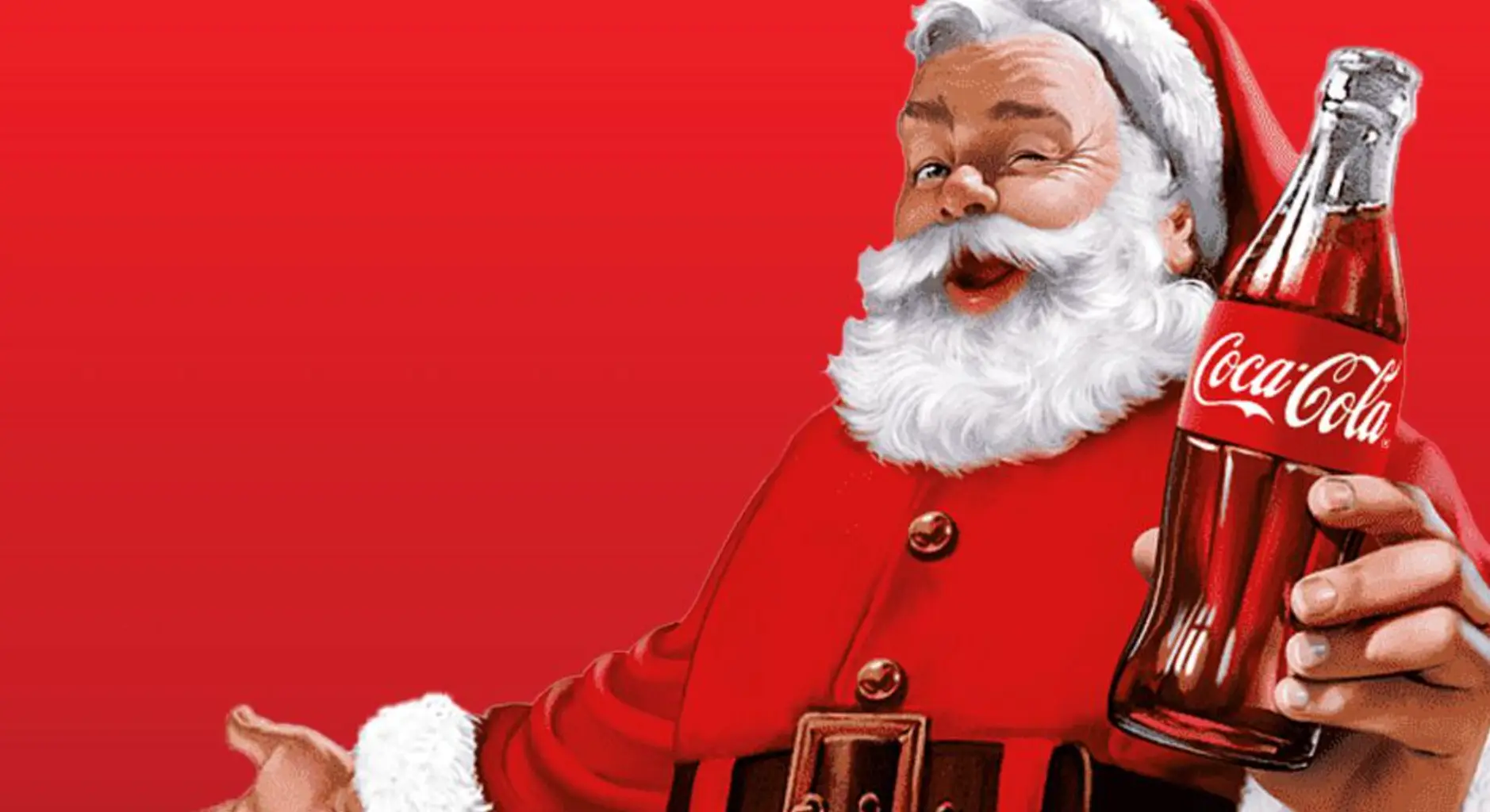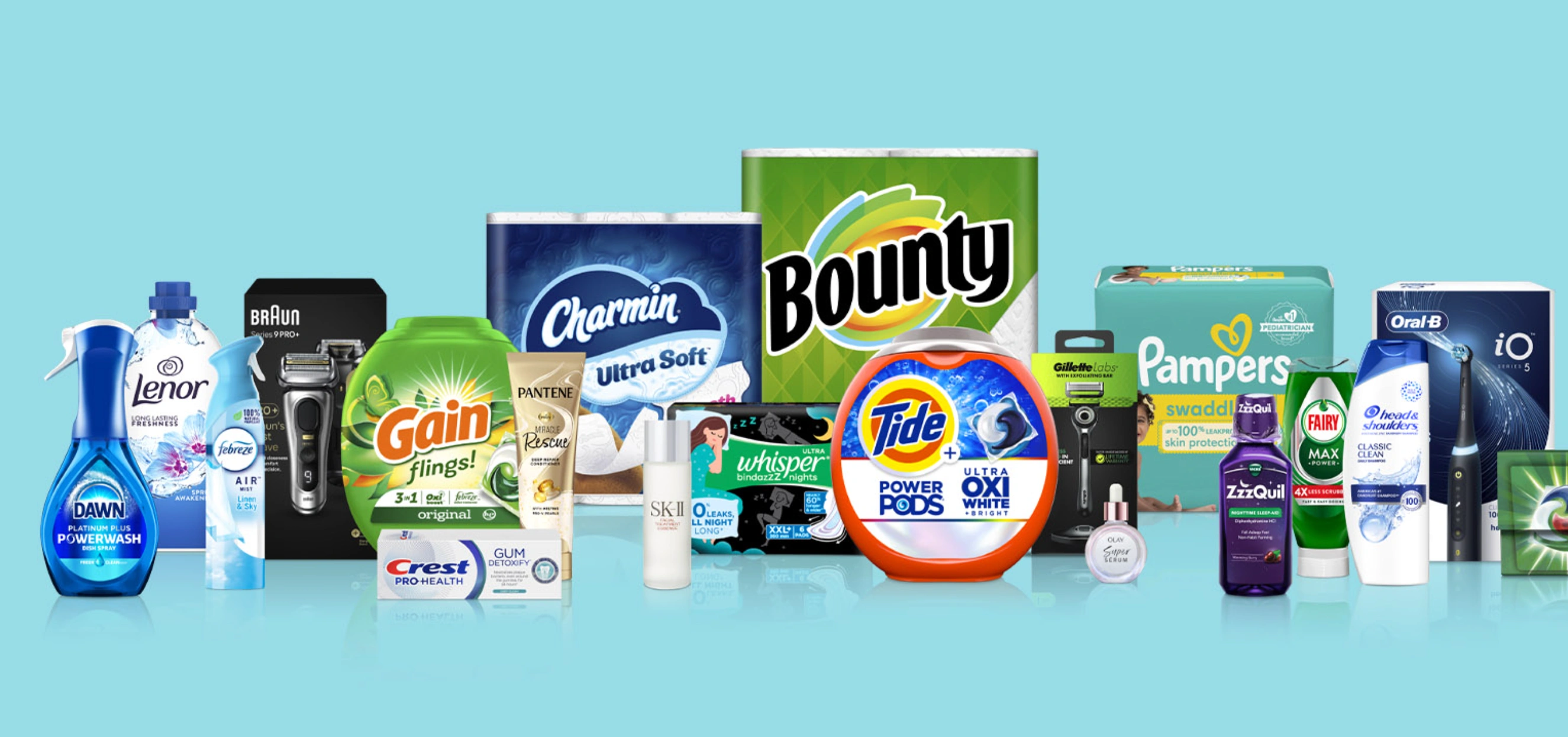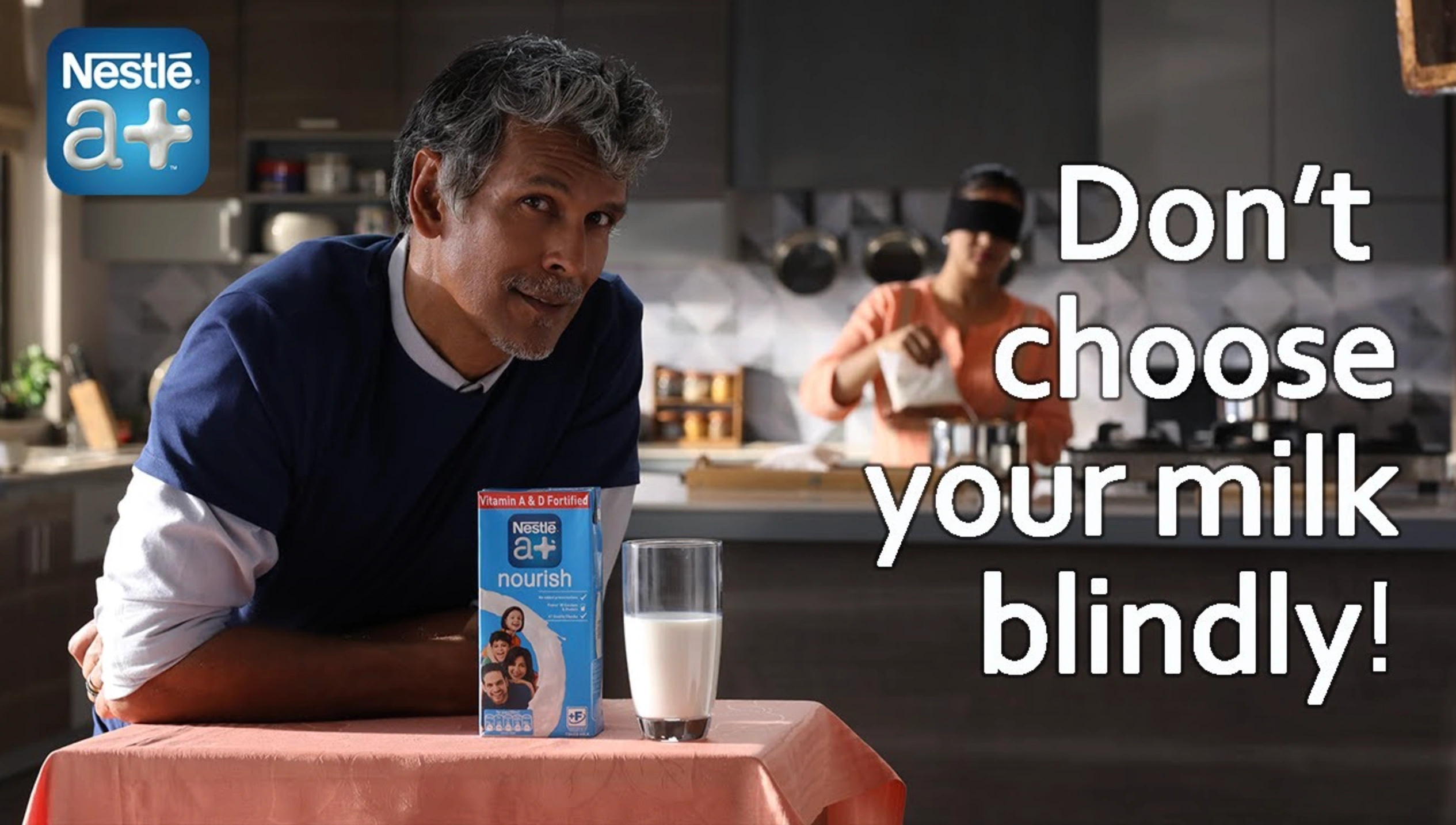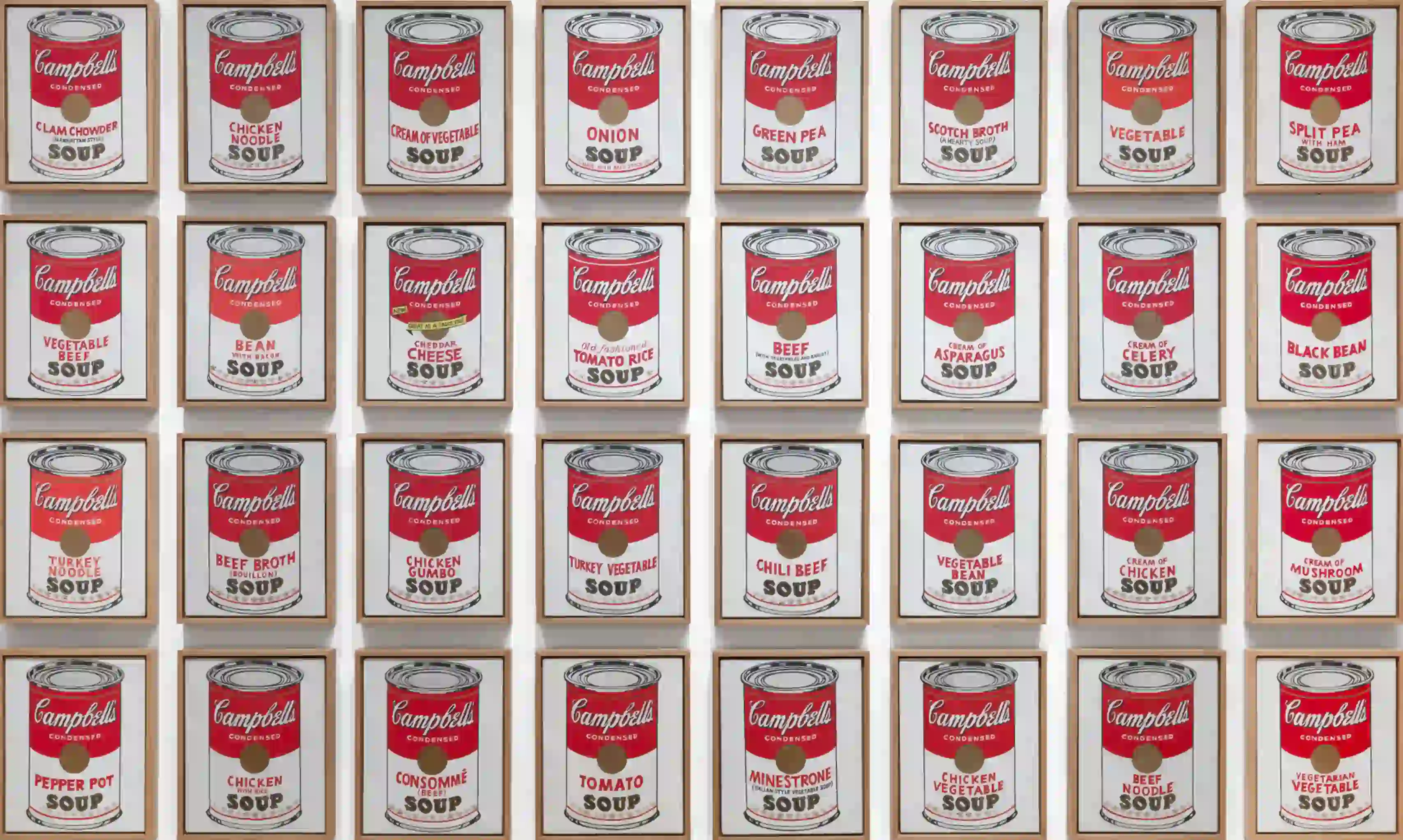The Most Advertised Brands In The World: Companies With The Most Advertising
Updated on
Published on

When you move through a typical day, it can feel like the same brands are everywhere at once. Open a streaming app, scroll social, walk past a bus shelter, and the same logos follow you from screen to street. Those are the most advertised brands in the world, the companies with the most advertising spend, buying enough media to shape culture and expectations. For marketers trying to understand how awareness compounds at scale, these brands show what happens when you combine money, memory, and media discipline. Similar to this read, we also have a piece on the biggest advertising spender, which can offer you more inisght on this topic.
At a glance
- P&G leads with “consistent, persistent” spend that keeps multiple categories in-market year-round.
- Amazon is both a top spender and a top ad seller, pushing retail, Prime Video, and devices while monetizing its ad platform.
- Beauty giants like L’Oréal rank high thanks to nonstop launches and creator commerce across regions.
- Beverage and CPG groups dominate frequency categories, funding distinctive assets and seasonal spikes.
- Tech and device makers (Apple, Samsung) rely on high-impact launches, OOH, CTV, and carrier co-op to win cycles.
- Auto remains a top spender due to high consideration and dealer networks, with EV education raising budgets.
Procter & Gamble: the blueprint for “always on”
P&G is the archetype of a portfolio advertiser, funding constant reach for home, beauty, baby, and grooming brands across TV, sports, online video, and retail media. Its stated philosophy is “consistent, persistent” advertising, with productivity savings of $500–$700 million annually earmarked to be reinvested in media and effectiveness; a flywheel that explains why P&G reliably sits at or near the top of global spender lists (WARC).
- Why it matters: portfolio math (dozens of brands in frequently purchased categories) demands unbroken presence.
- Watch next: more data-driven TV/video and retailer co-marketing as grocers push retail media.

Amazon: the paradox of buyer and seller
Amazon is both a top advertiser and one of the world’s biggest ad sellers. On the buy side, it fuels Prime, devices, and tent-pole shopping moments; on the sell side, its ad business surges with retail and streaming inventory. Prime Video’s ad tier alone is rumoured at 315 million monthly ad-supported viewers globally, widening the funnel for brand and performance buys that loop back into commerce (Times of India).
- Why it matters: Amazon’s spend and its ad platform feed each other, pulling budgets across retail media, CTV, and search.
- Watch next: CTV ad expansion and tighter Amazon Ads integrations during shopping peaks.
-1.webp)
Unilever: scale plus “media craft”
Unilever’s breadth (foods, beauty, home care) keeps it a perennial top advertiser and a serial award-winner in media effectiveness rankings. It blends big-reach video with finely tuned local activations and retail media partnerships, a mix that aims to build mental availability and drive basket lift simultaneously (WARC Media 100: Unilever No.1 advertiser).
- Why it matters: proof that brand building and shopper efficiency can live in one plan.
- Watch next: more creator and commerce content around purpose-led hero brands like Dove.

L’Oréal Group: beauty’s launch machine
L’Oréal’s portfolio cycles fast; shades, formats, spokespeople, so it funds near-continuous bursts across TV, creators, and retailer ecosystems. That cadence keeps shelves and feeds fresh and explains why beauty groups sit high on lists of the most advertised brands globally, year after year (Dentsu).
- Why it matters: beauty requires frequency and novelty; L’Oréal buys both.
- Watch next: TikTok commerce and retail media co-ops with Ulta, Sephora, and marketplaces.
Coca-Cola Company: assets plus a digital pivot
Coke’s playbook mixes iconic assets with a modern budget mix; the company says its digital share of media rose to ~65% in 2024, up from less than 30% in 2019. That reweighting lets Coke pair distinctive brand codes with precision and retail tie-ins at scale (Coca-Cola Investor Relations).
- Why it matters: enduring assets meet performance era economics, keeping Coke ubiquitous and accountable.
- Watch next: more sports, music, and creator moments feeding retailer promos.
PepsiCo: multi-category, multi-moment
From cola to snacks to sports drinks, PepsiCo stretches creative across NFL, music, and gaming while leaning into retail media with grocers and convenience chains. Its breadth keeps it among the most advertised companies and forces a constant flow of tent-poles and limited flavors that refresh shelves and feeds (Dentsu).
- Why it matters: portfolio spend covers multiple need states and channels daily.
- Watch next: zero-sugar pushes and athlete-creator pairings that ladder into retail.
Nestlé: grocery’s evergreen spender
Nestlé’s kitchen dominance: coffee, confectionery, pet, and prepared foods relies on heavy shopper marketing plus TV and digital video to win the list and the cart. Its global scale and category frequency keep it high on any list of most advertised brands in the world, with sustained support for mega-brands like Nescafé and Purina (Dentsu).
- Why it matters: high-frequency categories require constant reminder advertising.
- Watch next: retail media and recipe collaborations that close the loop from inspiration to purchase.

Samsung and Apple: launch bursts that set the tone
Device makers buy the world’s biggest stages; sports, OOH landmarks, premium video to signal innovation cycles and push trade-in and carrier offers. Their launches reset creative and inventory pricing across quarters, which is why they remain among the most advertised companies globally even as owned channels grow (Marketing Week).
- Why it matters: flagship cycles demand high-impact visibility and ubiquity at retail.
- Watch next: foldables, camera wars, and AI features pushed through CTV and creator tech reviews.
.webp)
Toyota, Volkswagen Group, and GM: high consideration means high spend
Auto remains a top-spending sector worldwide. EV education, model-year launches, and dealer networks require persistent reach and local conversion tactics; a TV and CTV backbone plus search, maps, and auto marketplaces. The sector’s spend is structural: the purchase is infrequent, the basket is huge, and the category is crowded.
- Why it matters: large, infrequent purchases need long, multi-channel persuasion.
- Watch next: EV-specific creative and retail media with dealer inventory signals.

Disney, Comcast, Netflix: content as a constant advertiser
Streamers and studios advertise every week of the year, juggling premieres, sports, and subscription tiers. The pivot to ad-supported streaming puts these companies on both sides of the market: buying to promote shows while selling CTV inventory to brands, and keeps them among the most advertised companies in entertainment (Marketing Week).
- Why it matters: subscriber growth and franchise health require persistent paid support.
- Watch next: ad-tier pushes and sports rights as reach engines.
The platform effect: why spend keeps climbing
WARC expects global ad spend to top $1 trillion, with platforms capturing a growing share; Meta, Amazon, and Alphabet alone are forecast to take ~44% of all ad spend in 2024, rising toward 46% by 2026. That gravity helps explain the meta-strategy of top advertisers: anchor brand budgets in TV and video, then layer retail media and platform buys that can be measured and optimized in-flight (Marketing Week).
- Why it matters: platform pipes turn brand stories into shoppable moments at scale.
- Watch next: CTV and retail media convergence, and AI-assisted creative optimization.
FAQ
Which channels are getting the biggest budget share?
TV and online video for scaled reach, fast-growing retail media for conversion, and CTV and creators for attention. Platforms are capturing an increasing slice of the pie.
Why is P&G almost always on top?
P&G runs a portfolio strategy and openly reinvests large productivity savings back into “consistent, persistent” media across categories, keeping it omnipresent.
How does Amazon fit as both advertiser and ad seller?
Amazon spends to grow retail, devices, and Prime while also selling ads across ecommerce and streaming. Prime Video’s ad tier now reaches ~315M monthly ad-supported viewers globally, expanding its funnel.
Why do beverage and CPG giants spend so much?
High-frequency categories win with memory and distribution. Coke, for instance, says its media mix is now ~65% digital, pairing distinctive assets with precision and retail tie-ins.
The Blueprint for Ubiquity
The most advertised brands in the world led by giants like P&G, Amazon, and Unilever do more than just buy media; they set the blueprint for how awareness is built and maintained at a global scale. By outspending challengers and constantly optimizing their media discipline, these companies effectively shape consumer culture, set inventory trends, and enforce the new economics of global marketing.







